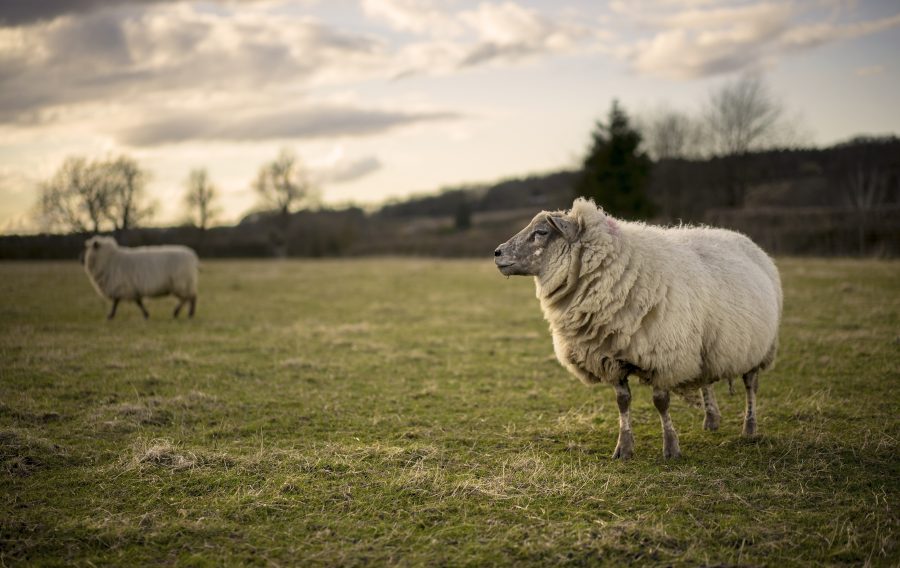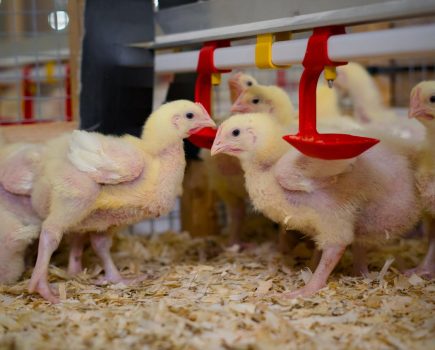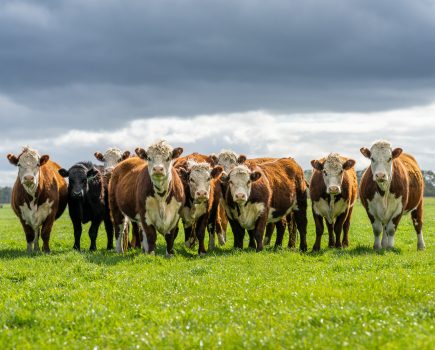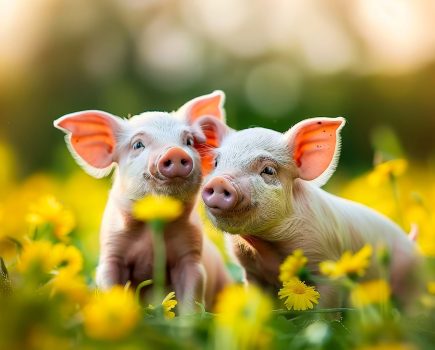Dwindling and unreliable medicine supply has been somewhat of a theme over the past few years. Often this is remedied by substitutions of products that carry veterinary medicinal licenses in other countries, but it is undoubtedly frustrating.
We have recently been informed of an unreliable supply of something we consider to be an essential vaccine for breeding sheep; Toxovax. At present, we do not know of any reliable or available substitute. We also appreciate that a lambing season without the benefit of vaccine protection is a daunting prospect for many sheep farmers.
In order to understand how to protect against Toxoplasmosis, it is important to consider how this disease enters flocks. Toxoplasma is a parasite spread by infected cats defecating on sheep’s feed and bedding. The parasite uses sheep as an intermediate host and causes them to abort in late pregnancy or absorb the foetus but has no direct effect on the health of the ewe. Live lambs born to infected ewes may be weak and sickly. Sheep can develop immunity once infected, but an abortion storm can cause huge losses. Once vaccinated, a ewe is protected for a large proportion of her reproductive life, but this year, there is a chance that you may have naïve and unvaccinated ewes in the flock.
In order to defend against this, vector control and hygiene are paramount. This means ensuring that sheep feed and bedding supplies are cat and rodent proofed. Lockable bins for feed are ideal to protect against wildlife and cats, and ensuring bedding is well wrapped is important. Ideally, neuter farm cats to prevent uncontrolled population growth, and continue efforts to reduce rodent numbers (as they are a source of infection to the cats). In the unfortunate case of an abortion, remove any abortion materials (and contaminated bedding), and present them to your vet for testing. Any not utilised for laboratory testing should be incinerated.
If we expect a serious problem, particularly in first-time breeders based on history or risk then we can consider medicating feed or licks in the pre-lambing period. Treatment designed to combat the protozoal disease coccidiosis can have some effect in limiting the protozoa Toxoplasmosis. But this is far from a perfect control measure, so the expected cost benefit ratio should be carefully considered in discussion with your vet.
Reducing losses
On top of vector control to prevent toxoplasmosis, we must also consider how to reduce losses from other abortive conditions. Appraise your last lambing season’s data; if there was more than a 2% rate of barren ewes, or abortion, then you may have an abortive disease on farm.
Subsidised testing schemes available for barren or aborted ewes run for much of the year, so it’s worth discussing with your vet. Often, they involve sampling around six affected ewes, and determining whether antibodies to the most common abortion problems (Enzootic Abortion of Ewes (EAE) and Toxoplasmosis) are present. Knowing that there is a preventable abortive disease on farm may influence breeding decisions and vaccination strategies ahead of tupping– it is also pertinent to know for human safety, as abortive disease can be transmissible to humans.
The most commonly diagnosed cause of abortion in sheep is EAE, a bacterial disease caused by Chlamydophila abortus. This normally leads to late pregnancy abortion and is spread by carrier sheep. Disease is most commonly introduced to a farm by buying in, and sheep may often abort the year after exposure. Once infected, ewes may continue to abort in subsequent years, so ongoing losses can still be a worrying issue. The best weapon we have against EAE is vaccination. Ewes should be vaccinated a minimum of 4 weeks before tups are introduced, so time is of the essence. Investing in vaccination can fortify your flock against ongoing, destructive losses, and vaccines for EAE are still available.
The foremost priority in ensuring a good lambing season is the condition of the ewes. Take some time now to ensure that your breeding flock is as strong as possible, culling ewes with poor teeth (cheek, as well as incisors), in poor condition, with histories of vaginal prolapse, poor mothering, poor milk supply or mastitis.
Though we can chalk some issues up to pure bad luck, many of the problems encountered with ewes at this time are metabolic or nutritional, and their pathway was set long before they lambed. Conditions such as twin lamb disease are borne of energy imbalances that could be reduced by body condition scoring and evaluating nutritional status during pregnancy, which is why condition checks pre-tupping, and regularly throughout pregnancy are ideal. Trace element testing (via blood sampling) can give valuable information as to whether supplementation of ewes is required and is also often subsidised. Further to this, there are in depth pre-lambing metabolic profiles that can give valuable insight into nutritional status of ewes around four weeks prior to lambing, allowing time to compensate for any potential issues flagged.
Lest we forget the perennial thorn in the side of sheep farmers everywhere: dog worrying. Though much of this is beyond our control, ensuring safe, secure fencing and putting up signage to denote where your livestock are grazing are tools that may protect against avoidable losses.
Lastly, there is still time to ensure that your tups are in tip top condition ready for work. Consider undertaking breeding soundness checks with your vet, as well as assessing their body condition, teeth and feet before they go in with the ewes.
Wishing you the best of luck with the season ahead.
If you would like to discuss anything covered in this article contact your local Westpoint practice







